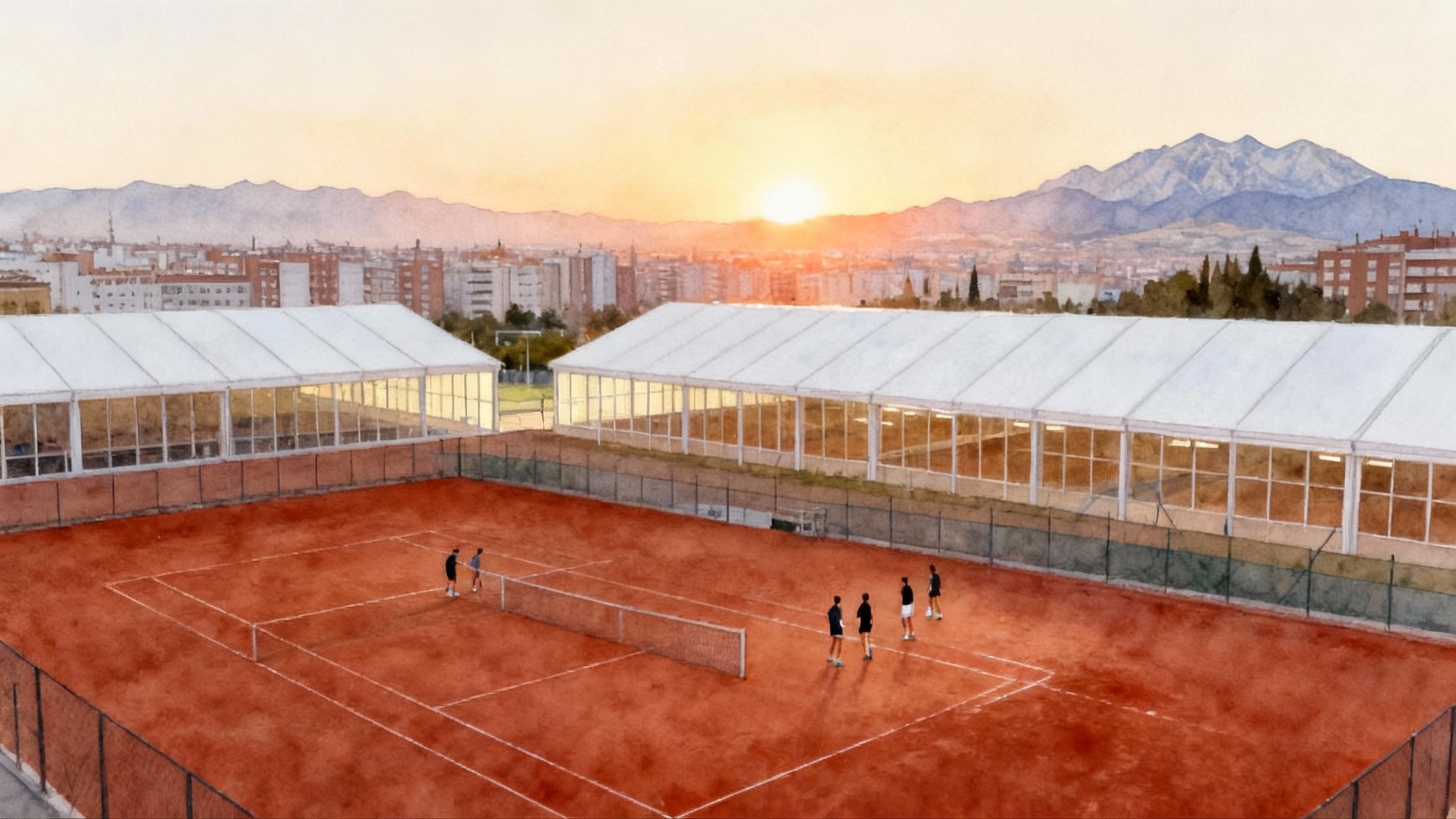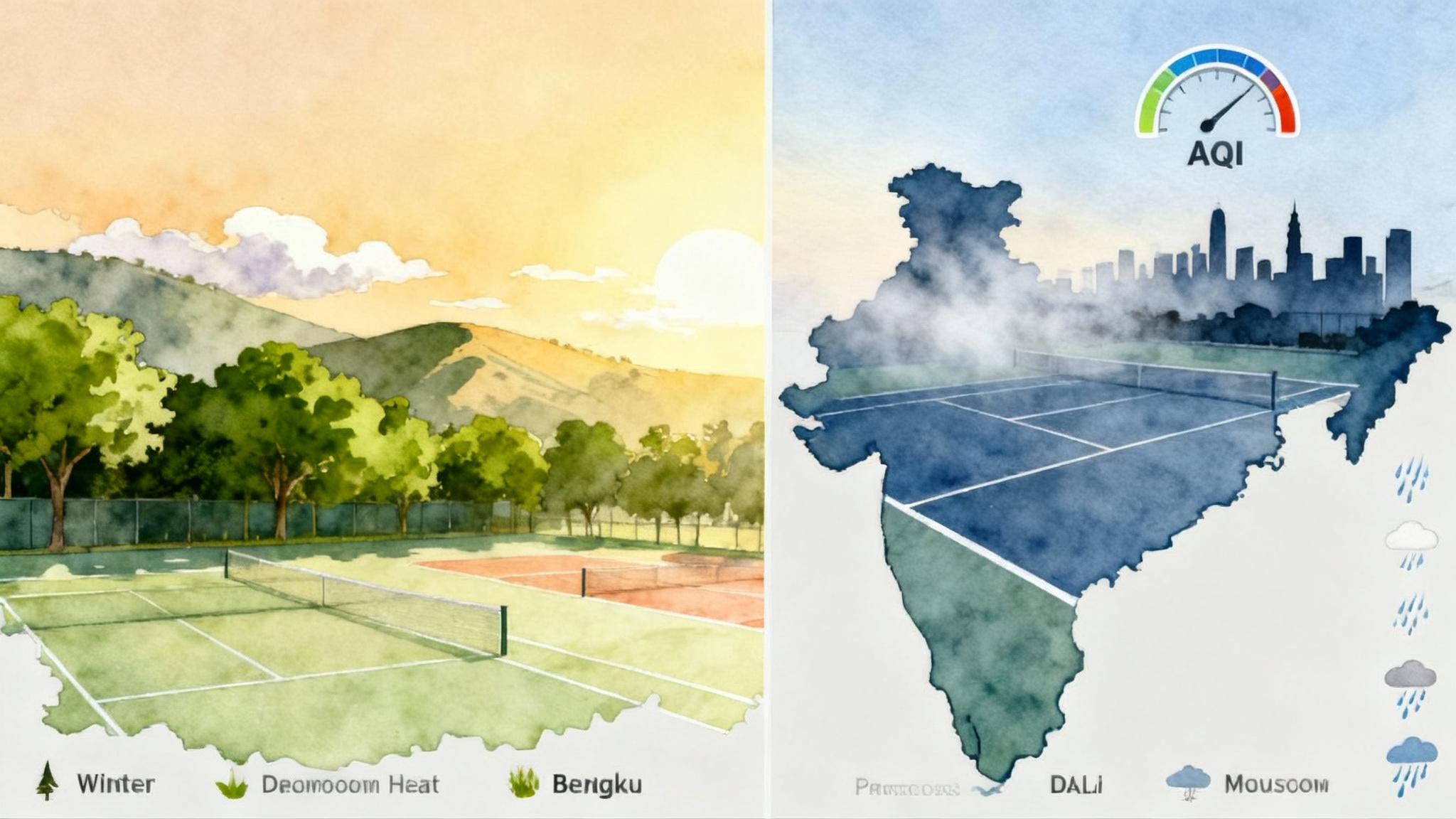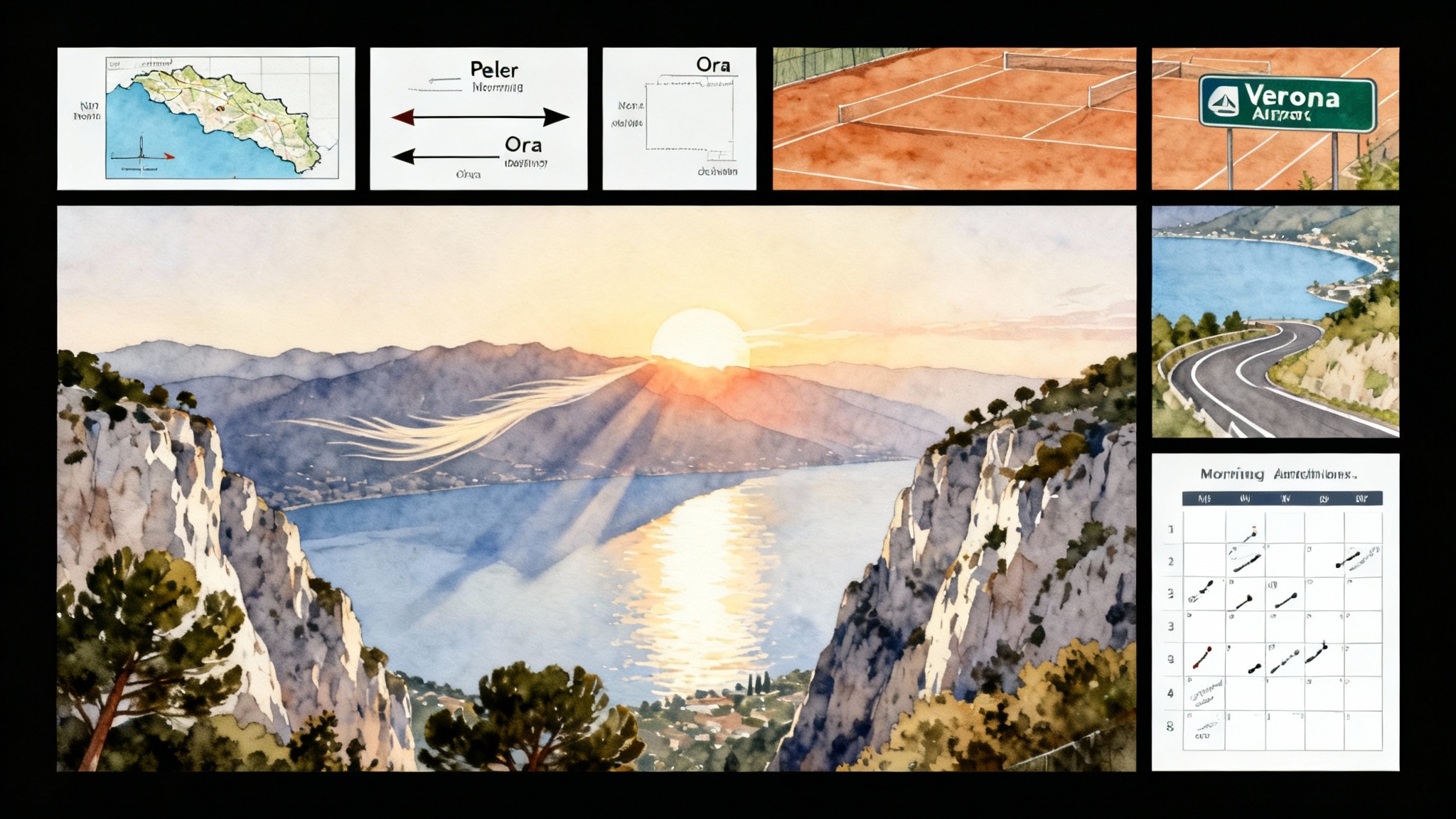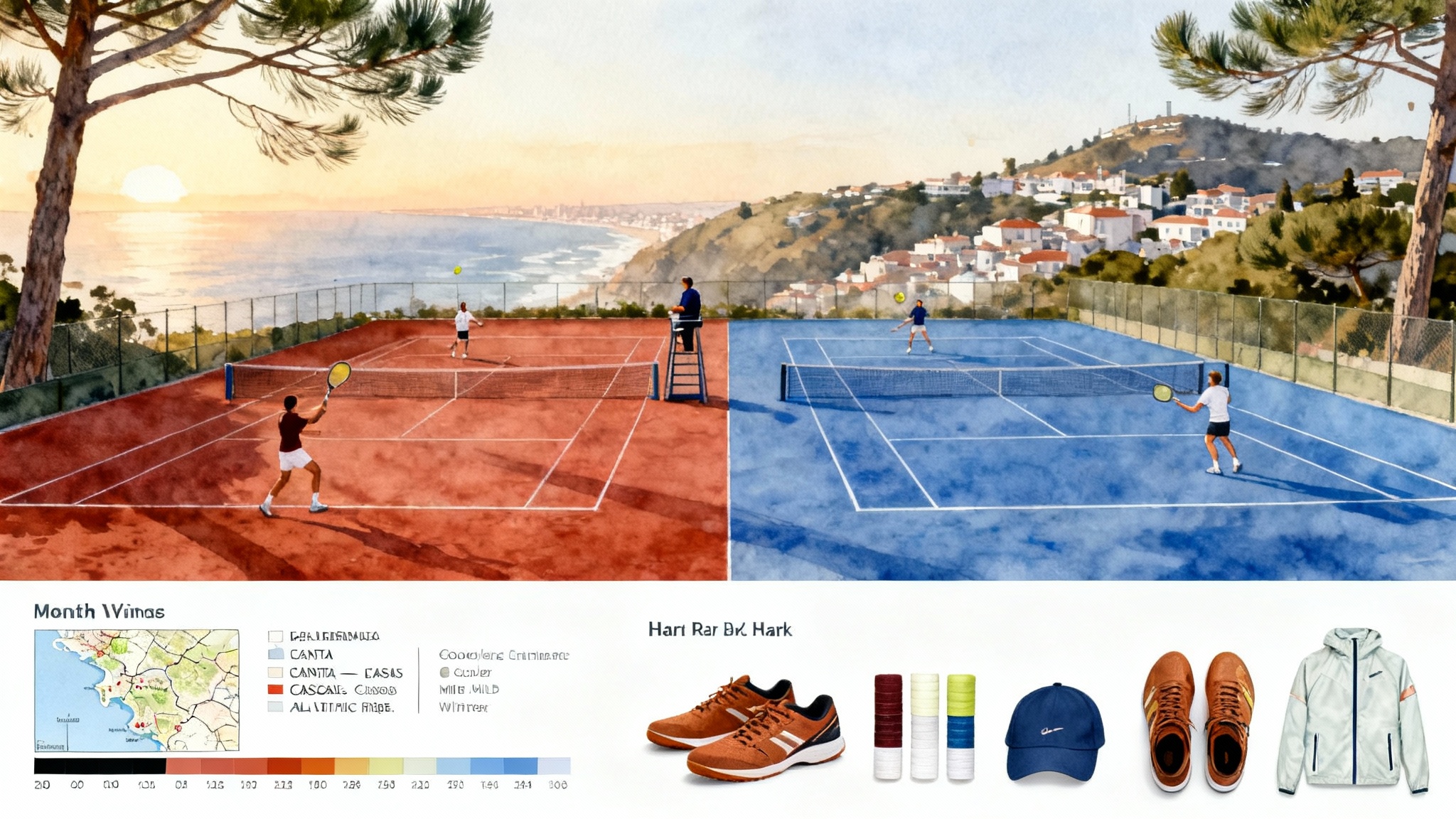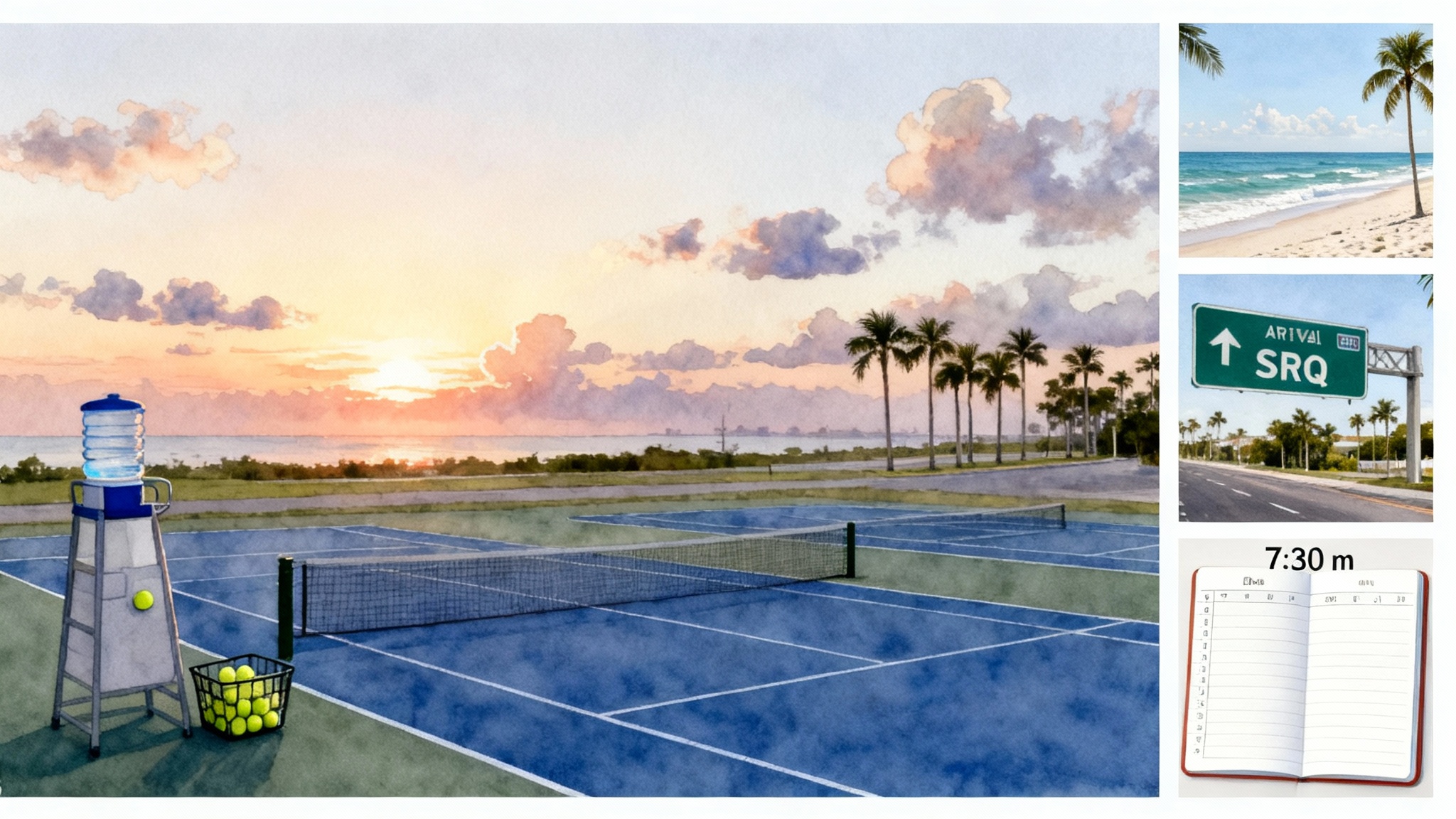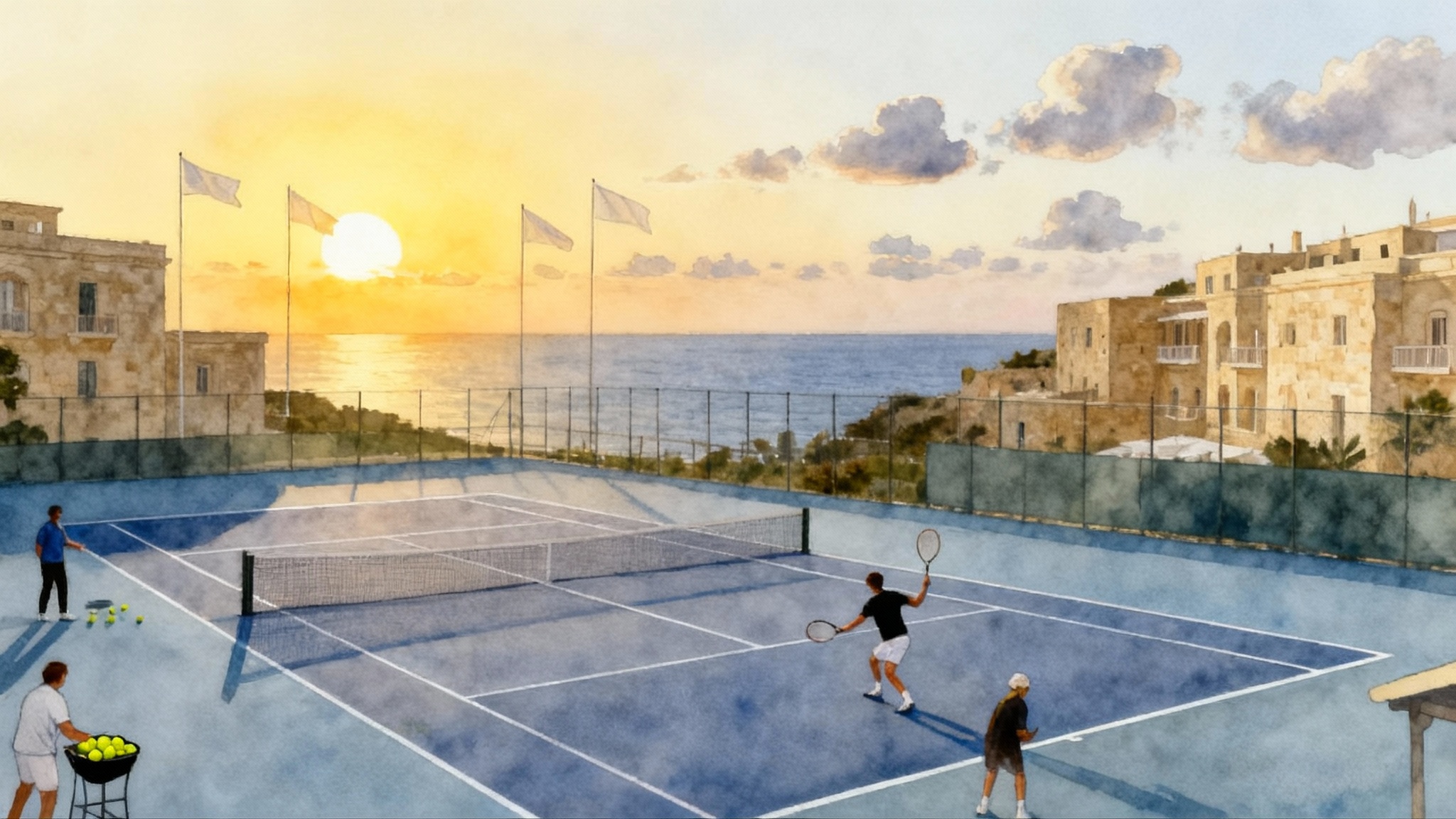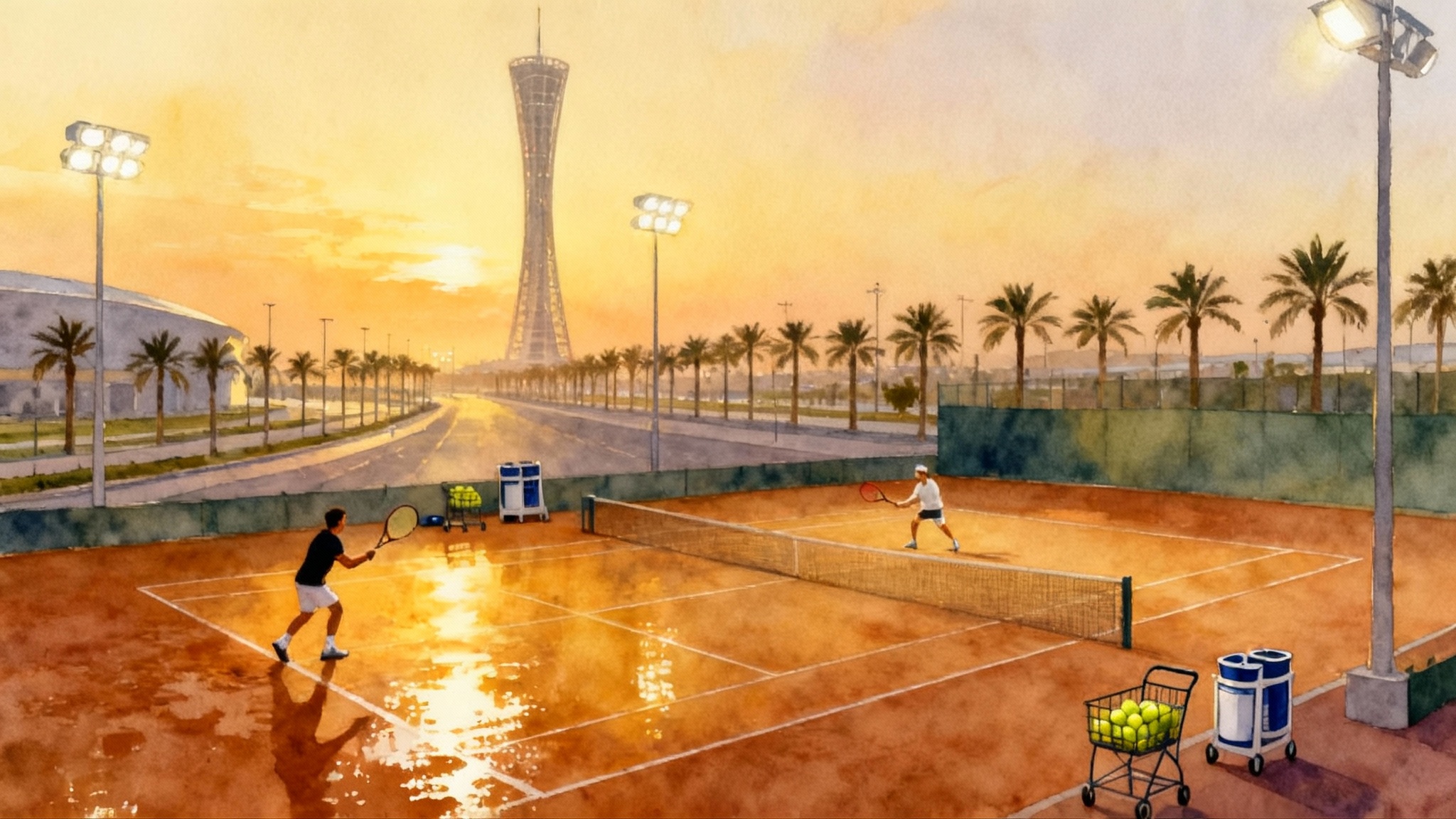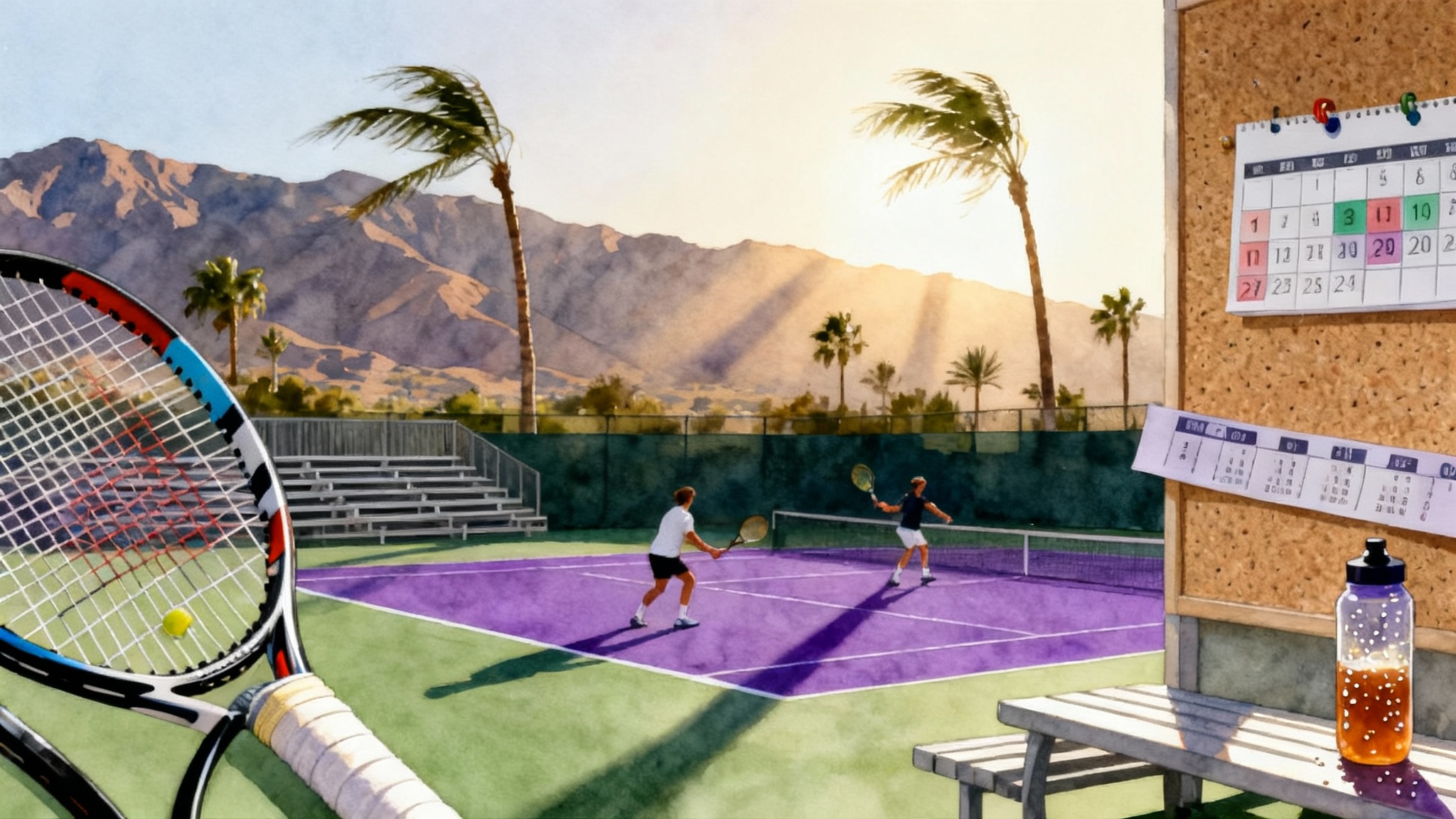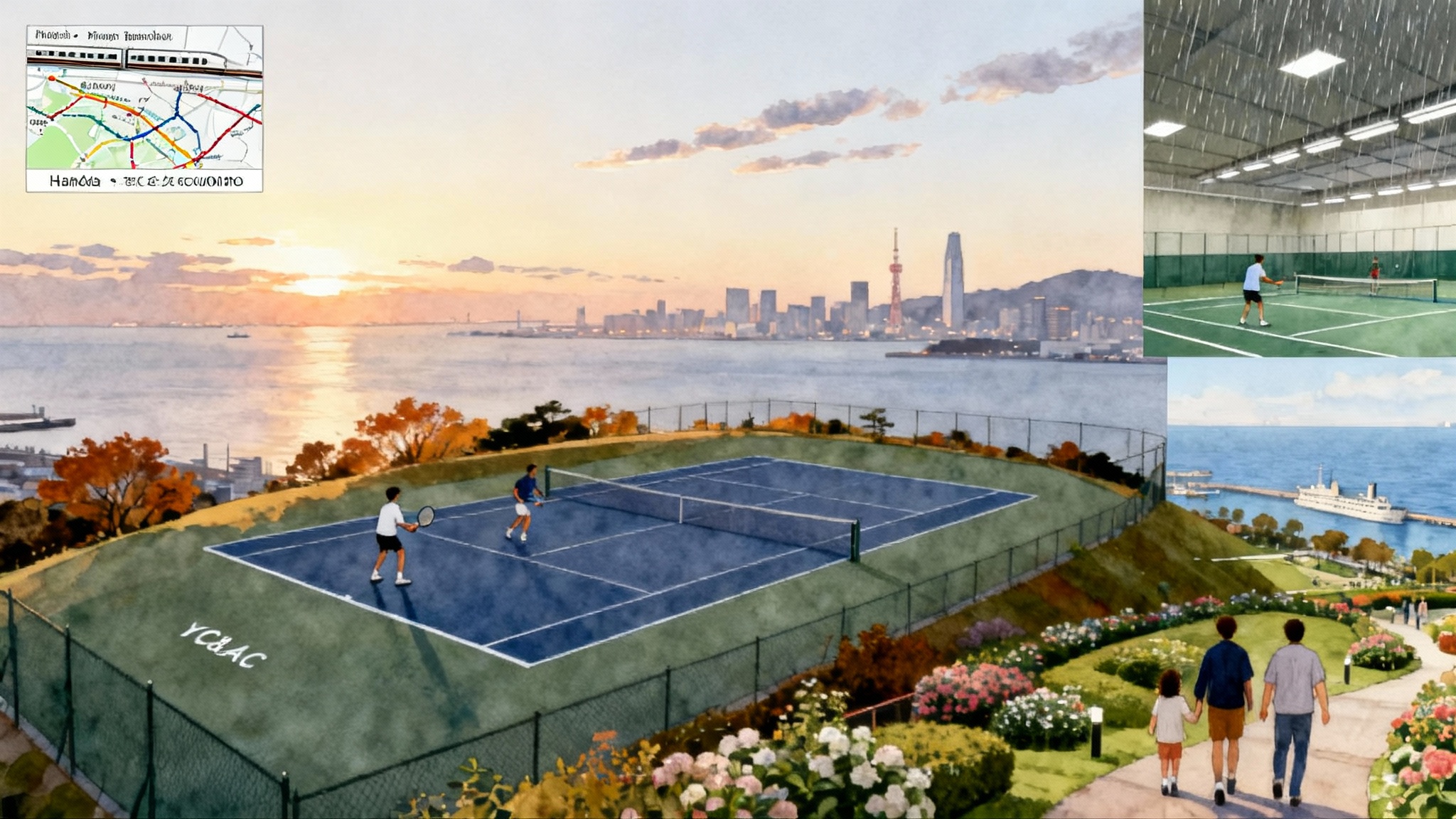All In Academy: Lyon and French Riviera Dual Base 2025-26
Build a year-long plan that follows the weather, the courts, and the tournaments. Train indoors and study in Lyon in winter, then move to outdoor blocks on the French Riviera from spring to autumn. Here is your step-by-step guide.
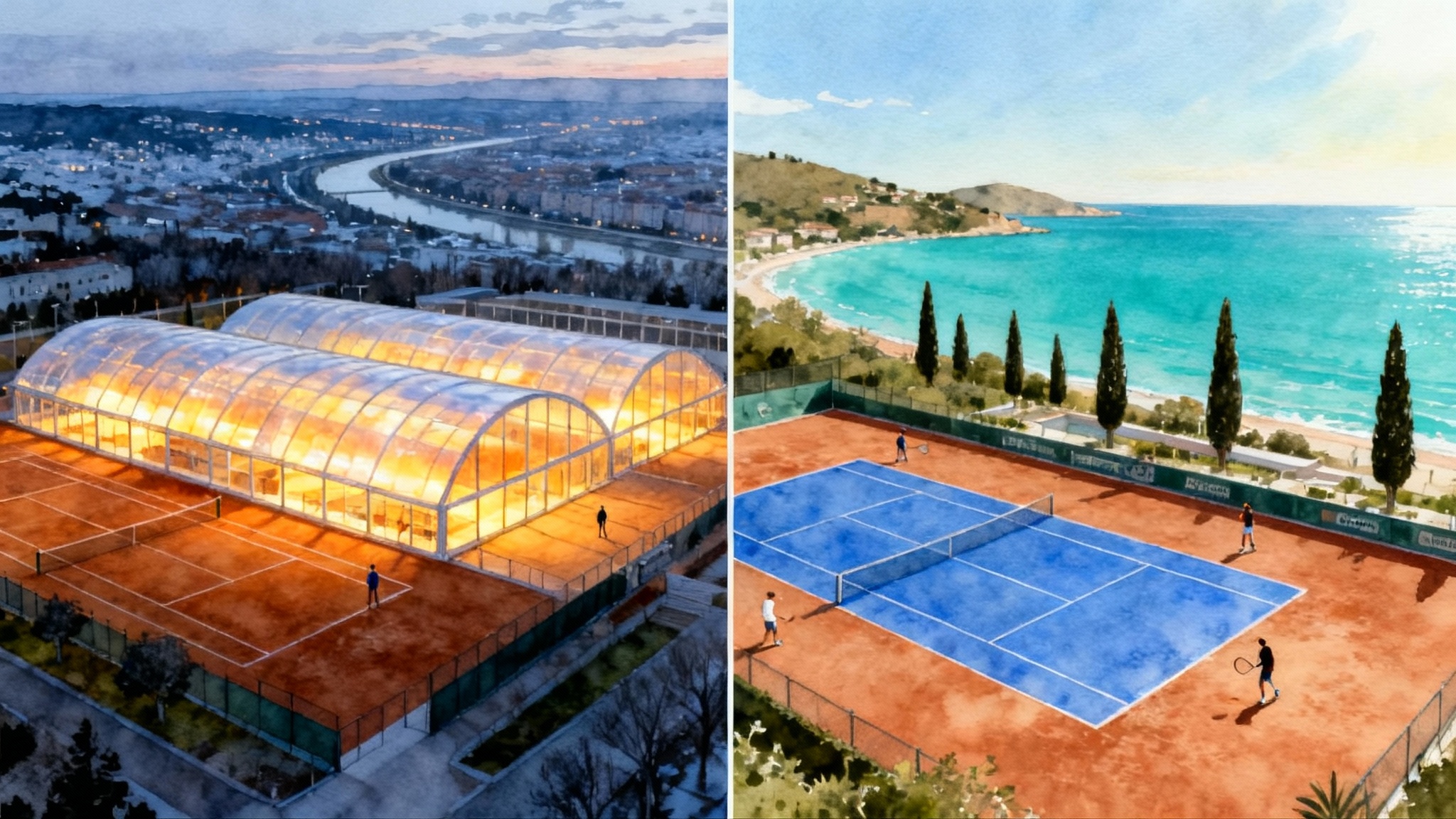
The simple idea: follow the weather, keep the volume
France rewards players who plan around climate and court availability. A two-base season with All In Academy lets you stack winter indoor volume and schooling in Décines near Lyon, then shift to outdoor clay and hard on the French Riviera in Villeneuve-Loubet once spring arrives. You get continuity of coaching, consistent facilities, and a smarter match calendar without skipping class or losing rhythm.
All In Academy at a glance
All In Academy operates two complementary campuses: a modern performance complex in Lyon-Décines and a seaside club in Villeneuve-Loubet near Nice. The Lyon site offers indoor and outdoor clay and hard courts, a full gym, and an environment built for high-volume winter training and schooling. The Riviera site delivers 16 outdoor courts, fitness, lodging on site, and easy access to a dense local tournament scene. Explore the setup on our profile of the All In Academy campuses, and see current programs on the official All In Academy program overview.
What this means in practical terms:
- Winter in Lyon: reliable indoor time means you can schedule two high-quality hitting blocks per day even when it is cold or wet. Class timetables slot between sessions without long commutes.
- Spring to autumn on the Riviera: consistent outdoor conditions help you groove patterns on clay and hard, build longer points, and prepare for summer events.
When to be where: month-by-month map
Use this guide as a working template for the 2025-26 season. Adjust by two to three weeks depending on school calendars and individual goals.
- November to February: base in Lyon-Décines. Expect short days and frequent rain or frost in the Rhône valley. Indoors is your friend for technical reps, serve mechanics, and strength foundations.
- March: transition month. Start with Lyon if you need one more indoor block while finishing school exams. Move south in the second half as temperatures and daylight improve on the coast.
- April to June: Riviera phase one. These are premium outdoor months along the Côte d’Azur. Clay is forgiving enough for high volume yet demanding enough to build legs and patterns for summer.
- July to mid-August: Riviera with heat management. Train mornings and late afternoons, rest or study mid-day. Consider short altitude breaks in the nearby hinterland if needed.
- Late August to October: Riviera phase two or a brief Lyon return. Long light and stable weather make this a productive outdoor window. If you have indoor-heavy events or school commitments, drop into Lyon for a two-week quality-control microcycle.
Surface choices and periodization that make sense
A year is not just months on a calendar. It is blocks of work that shape how you compete.
- Hard court blocks: best for serve precision, first-strike patterns, and return depth. In Lyon, you can schedule two hard sessions per day in winter without wind or sun. Use this to rebuild serve technique and offensive footwork.
- Clay court blocks: ideal for stability and stamina. On the Riviera, set three-week clay cycles that progress from heavy crosscourt patterns to direction changes and finishing plays. The goal is to own neutral rallies, not just survive them.
- Mixed surfaces: every fourth week, switch surfaces for two days to test transfer. For example, after a clay cycle, spend 48 hours on hard to sharpen first-ball clarity.
- Gym and conditioning: winter is your strength and power build. Spring emphasizes capacity and movement economy. July is about heat-aware tempo and repeat-effort sprints.
Concrete example: a junior who struggled to hold serve in 2024-25 can dedicate December and January in Lyon to serve mechanics and lower-body force. By April on the Riviera, that player uses a three-ball pattern on clay to consolidate service games rather than starting points from neutral.
Tournaments within reach, by season
A dual base only works if competition fits the training rhythm. France offers dense calendars for club events, regional series, and International Tennis Federation tournaments.
- Winter near Lyon: plan indoor club events and regional tournaments across the Auvergne-Rhône-Alpes region from January to March. Travel is simple, draw sizes are manageable, and you avoid weather cancellations that often hit smaller outdoor events.
- Spring on the Riviera: from April onward, the coast lights up with junior and adult events, plus a stream of International Tennis Federation and Tennis Europe opportunities across Monaco, Nice, Cannes, and Antibes. The concentration of clubs means you can play matches with minimal travel and recover in your own bed.
- Summer along the coast: many French clubs run weekly prize-money and age-group events. Build a three-week cycle of tournament-practice-tournament to protect freshness.
Action you can take today: shortlist programs, pin likely tournament weeks, and pencil travel windows. If you use a planner, block school breaks first, then fit training cycles and events around them.
Sample weeks you can copy and adapt
Junior week in Lyon with schooling (December to February)
- Monday
- 08:00 Strength and mobility block
- 09:00 Technical session indoors: serve progression and first-ball forehand
- 11:00 Study block and lunch
- 14:00 Tactical patterns on hard: plus-one drills and return depth
- 16:00 Recovery, homework check-in
- Tuesday
- 08:00 Movement prep and medicine ball work
- 09:00 Clay session indoors or under cover: rally tolerance, height and shape
- 11:00 Study block
- 14:00 Matchplay sets with constraints
- 16:00 Video review and note-taking
- Wednesday
- 09:00 Off-feet conditioning and mobility
- 10:30 Study block
- 14:00 Doubles drills and serve patterns
- Thursday
- Mirror Monday but swap forehand first-ball for backhand neutral control
- Friday
- 09:00 Test sets indoors, record serve speeds
- 13:00 Study block
- 15:00 Recovery, planning call for weekend event
- Saturday or Sunday
- Local tournament or match simulation day
Why it works: shorter daylight does not matter indoors, and predictable scheduling helps the school side stay steady. Serve and first-strike work grows without wind or cold affecting grips and tosses.
Adult one-week intensive on the Riviera (April to June)
- Sunday arrival and orientation
- Monday
- 08:00 On-court assessment and ball-tracking
- 10:00 Footwork ladders and live rally tolerance
- 15:30 Point construction on clay: height, depth, direction change
- Tuesday
- 08:00 Serve and return clinic
- 10:00 Crosscourt to line progression, finishing with approach and volley
- 16:00 Fitness circuits and recovery in the pool
- Wednesday
- 08:30 Doubles patterns or singles set play
- 16:00 Optional video session
- Thursday
- 08:00 Pattern repetition under fatigue
- 10:00 Live sets with scoring targets
- 16:00 Mobility and breath work
- Friday
- 08:30 Matchplay and action plan
- 12:00 Debrief with metrics and at-home drills
- Saturday departure or bonus hit
Why it works: consistent sunshine allows two outdoor sessions daily without reshuffling around rain. Clay absorbs joint load while letting you build the point patiently.
Travel logistics between campuses
The simplest move is by rail between Lyon Part-Dieu and Nice. The fastest services take just under five hours, with frequent departures through the day. Timetables and booking are available on Lyon to Nice trains. Once in the Nice area, Villeneuve-Loubet is a short local train or car ride from Nice Saint-Augustin or Nice-Ville.
Tips that save time and stress:
- Book earlier for peak holiday weeks in late June to mid-August.
- Choose seats near luggage racks if traveling with racket bags and a roller.
- If flying, Lyon-Saint-Exupéry and Nice-Côte d’Azur both sit close to their respective bases. A taxi or rideshare is usually the quickest final hop.
Family lodging options that fit training
You can keep the commute under 20 to 30 minutes at both bases if you pick the right neighborhoods and property types.
- Lyon-Décines area: look at Décines-Charpieu and neighboring Meyzieu. Apartments near Parc du Grand Large give you green space, cycling paths, and simple routes to the academy. Families who prefer urban services can base near Carré de Soie and use tram connections plus short rideshare hops.
- Villeneuve-Loubet and nearby towns: families who want easy beach access often choose Villeneuve-Loubet-Plage or the marina area. For quieter nights, the hillside neighborhoods offer calmer streets and parking. Antibes and Cagnes-sur-Mer are realistic alternatives if you want a historic center or a livelier restaurant scene. Weekly rentals are common from April to October, so plan ahead for school holidays.
Practical considerations:
- Kitchens beat hotel rooms for athletes. You control breakfast timing and keep snacks simple.
- Ask hosts for shade or awnings on balconies during summer. Mid-day rest stays cooler and quieter.
- If staying longer than four weeks, negotiate a monthly rate and request a small gear corner for rackets and stringing.
Budgeting the dual-base year
Think in categories and cycles rather than one big number. A clear model keeps decisions logical.
- Training and coaching: plan for a base monthly rate in winter for structured academy blocks, then a per-week or per-block rate on the Riviera. Add private lesson slots during technical rebuilds or pre-tournament tune-ups.
- Schooling and tutoring: if your student uses a local partner school or online program, budget separately for tuition, exam fees, and supervised study. Lyon’s predictable indoor schedule makes it easier to lock daily school windows.
- Travel: include two long rail transfers per season for the campus switch, then local public transport or rideshares. Book rail earlier for summer weeks and bring reusable water bottles and snacks to avoid station markups.
- Housing: winter apartments near Lyon often price below peak Riviera rates. Offset summer costs by sharing a larger rental with another family for part of July.
- Competition fees: create a rolling fund for entry fees, medical certificates, and federation licences. Top it up before a three-week tournament swing.
- Extras: stringing, grips, and recovery tools. Track string life by hours, not weeks, to stay honest about usage.
Example month in winter Lyon for a junior:
- Training block with two semi-private sessions per day, five days per week
- Three private lessons across the month for serve work
- Apartment rental with kitchen
- Local club event entries
- Two return rideshares per week for grocery runs and school exams
Example month in late spring on the Riviera for a family:
- Weekly academy block for the player, optional adult clinics for the parent
- Two weekend tournaments within 45 minutes of base
- Apartment near the beach with quiet bedrooms
- One private lesson per week to adjust patterns after match video review
The mechanism behind the savings is simple: move once, then stay put and play a dense local schedule rather than chasing distant events every weekend.
How to lock the plan
- Filter options and shortlist programs that fit your goals and school calendar.
- Build the calendar by dropping school holidays first, then layering training blocks and tournaments.
- Compare programs across Lyon-Décines for winter and Villeneuve-Loubet for spring to autumn, and request the same coach profile across both when possible.
- Book rail and housing after training holds. Revisit the plan every eight weeks to reflect performance and school needs.
Related planning reads
- Climate-smart alternative: the Sintra–Cascais mild-climate base for shoulder seasons.
- US winter model: the Sarasota winter-spring training guide for families staying stateside.
Why this dual-base plan works in 2025-26
- Climate fit: you avoid winter cancellations and use reliable indoor courts for skills that need repetition.
- Tournament density: spring and summer on the Riviera offer match volume without red-eye travel.
- Continuity of coaching: staying within one academy system reduces the friction of new drills and new language on every move.
- Family rhythm: schooling can stay consistent, and weekends become match days rather than travel days.
The bottom line
Players do not improve by accident. They improve by stacking good days and smart weeks. A 2025-26 dual base with All In Academy gives you a clean weather logic, surfaces that serve the work, and a tournament map that rewards consistency. Start with winter in Lyon for indoor volume and school structure, then shift to the Riviera to stress-test your game outdoors. Plan the calendar, book the rails, choose the apartment, and let the year unfold with purpose.
